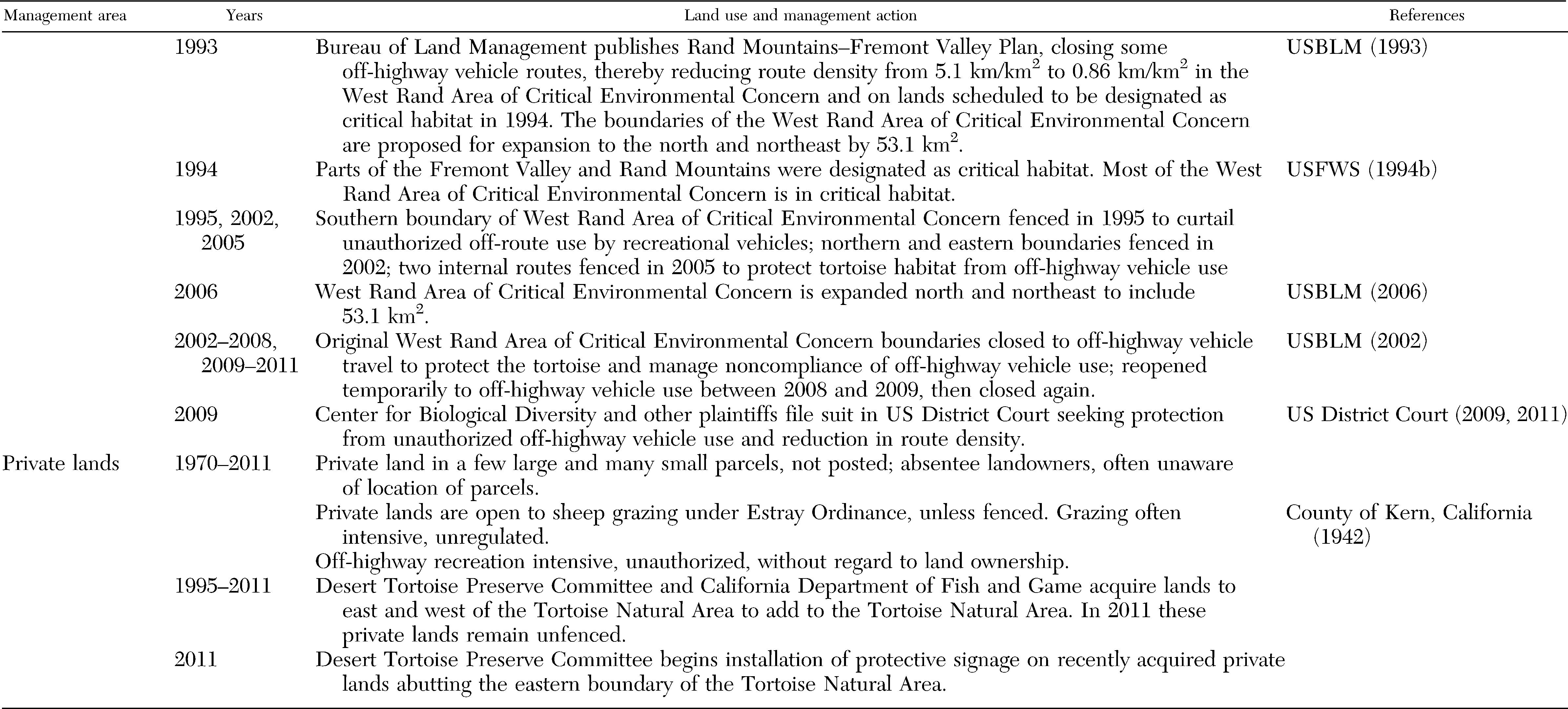Sn Rk 202 14 2002

N A M E: E M A I L: PHONE NUMBER: NPS AD Admin Business Practices and Workforce Dev: AD_Adm_Business_Practices@nps.gov: NPS AD Park Planning Facilities and Lands. Received 8 April 2002; Accepted 4 September 2002. Although the inactivation of NR also requires the binding of a 14‐3‐3 protein to the. Davies SP, Beri RK.
Received 8 April 2002; Accepted 4 September 2002 Introduction SnRK1 ( SNF1‐ Related Protein Kinase‐1) is a plant protein kinase with a catalytic domain similar to that of SNF1 ( Sucrose Non‐ fermenting‐1) of yeast and AMPK ( AMP‐activated protein kinase) of animals. The SNF1 family of protein kinases are a distinct group within the protein kinase superfamily, but are closely related to the calcium‐dependent protein kinase (CDPK) group, which includes the animal calmodulin‐dependent protein kinases and the plant calmodulin‐like domain protein kinases (). SNF1 () is activated in response to low cellular glucose levels and is required for the derepression of a battery of genes that are repressed by glucose (;; ). It also directly modulates the phosphorylation state of a number of metabolic enzymes, including acetyl‐CoA carboxylase () and glycogen synthase (), and is required for the arrest of growth and the cell cycle under conditions of glucose deprivation (). AMPK is activated by AMP (, 1989) and by phosphorylation by an upstream protein kinase (AMP‐activated protein kinase kinase (AMPKK)) (). Activation of AMPK by AMP is antagonized by high (mM) concentrations of ATP and a high AMP:ATP ratio is symptomatic of low cellular energy levels.
For this reason, AMPK has been likened to a cellular fuel gauge (). When activated, it acts to conserve ATP by phosphorylating and inactivating regulatory enzymes of ATP‐consuming, anabolic pathways such as acetyl‐CoA carboxylase (fatty acid synthesis) (, 1992) and HMG‐CoA reductase (sterol/isoprenoid synthesis) (; ). The SnRK gene family The first plant SnRK1 sequence to be reported was a cDNA isolated from a rye endosperm cDNA library (). It encoded a 57.7 kDa protein of 502 amino acid residues showing 48% amino acid sequence identity with SNF1 and AMPK, rising to 62–64% amino acid sequence identity in the kinase catalytic domain. SnRK1 genes have since been identified and characterized in many plant species (reviewed by ). They are present in small to medium‐sized gene families, comprising, for example, three members in arabidopsis and 10–20 in barley.
The SnRK1 gene family of cereals can be subdivided further into two groups, SnRK1a and SnRK1b, on the basis of amino acid sequence similarity and expression patterns (). SnRK1a is expressed throughout the plant and is more closely related to SnRK1 from dicotyledonous plants. SnRK1b is expressed at the highest levels in the seed, although low levels of expression can be detected elsewhere, and is only present in monocotyledonous plants. The functional significance of this divergence of the gene family in cereals is not known.

Plants contain two other subfamilies of protein kinases, SnRK2 and SnRK3, containing catalytic domains with sequences that place them clearly within the SNF1 family. They have 42–45% amino acid sequence identity with SnRK1, SNF1 and AMPK in this region; they are, therefore, significantly less similar to SNF1 and AMPK than SnRK1 is. The SnRK2 and SnRK3 gene subfamilies appear to be unique to plants and are relatively large and diverse compared with SnRK1. The SnRK2 subfamily includes PKABA1 from wheat, which is involved in mediating ABA‐induced changes in gene expression (; ). The SnRK3 gene family includes SOS2, an arabidopsis protein kinase involved in conferring salt tolerance (; ). The completion of the arabidopsis genome sequencing project means that the full complement of the arabidopsis SnRK family can now be identified. These are shown as a dendrogram in Fig.
SRT 7405 is a superior satellite HD receiver for FRANSAT Free-to-Air channels via EUTELSAT 5WA (ATLANTIC BIRD 3). SRT 7501 Superb satellite TV in HD including 4 pre-installed Austrian channels lists and many more features. Strong srt 8500 proshivka 1 77 reviews. SRT 4651X Receiver pdf manual download. Also for: Srt 4653x. Receiver Strong SRT 4669 XII User Manual. Digital satellite receiver and recorder (29 pages). Receiver Strong SRT4355 Service Manual (40 pages) Summary of Contents for Strong SRT 4651X. Page 1: Table Of Contents. STRONG’s SRT 8955 is a high-end receiver for terrestrial TV and radio broadcasts encrypted by RiksTV. It gives access to the RiksTV entertainment portal, YouTube and other Internet services and is ready for apps and social media services.